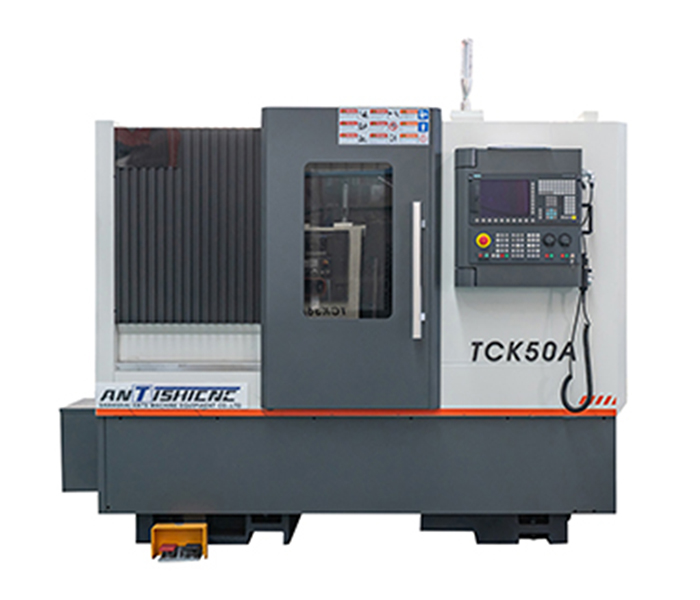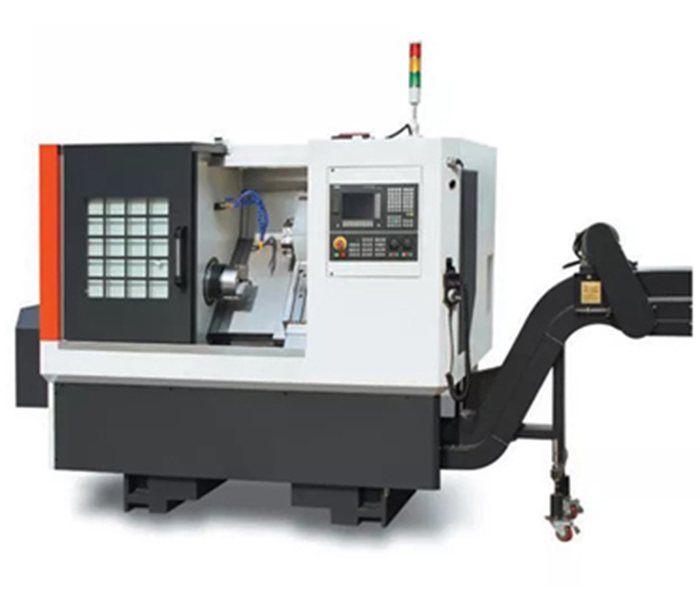During the CNC lathe processing, the selection of CNC lathe tools is an important link to ensure processing quality and improve productivity. To reasonably select CNC tools, it is necessary to comprehensively consider factors such as the degree of automation of the CNC lathe, the processing content within the process, and the cutting performance of the part material.
Requirements for CNC lathe tools
During the metal cutting process, the cutting performance of CNC lathe tools depends on the material of the cutting part of the tool, which directly affects the tool life, tool consumption, processing accuracy, quality of the processed surface and processing efficiency. CNC lathe tool material refers to the material of the cutting part of the tool. During metal cutting, the cutting part of the tool is in direct contact with the workpiece and chips, and is subjected to great cutting pressure and impact, and is subjected to severe friction from the workpiece and chips, generating very high cutting temperature. In other words, the cutting part of the tool works under harsh conditions of high temperature, high pressure and severe friction.
CNC lathe tool materials should have the following basic properties
(1) High hardness. The hardness of CNC lathe tool materials must be higher than the hardness of the workpiece material being processed, otherwise the sharp geometric shape of the tool cannot be maintained under high temperature and high pressure. This is the most basic property that tool materials should have. The hardness of high-speed steel HBC is 63~70, and the hardness of cemented carbide HRA is 89~93.
(2) Sufficient strength and toughness. The material of the cutting part of the tool must withstand great cutting force and impact force during cutting. For example, when turning 45 steel, when the back cutting depth ap=4mm and the feed rate is f=0.5mm/r, the blade must withstand a cutting force of about 4000N. Therefore, the tool material must have sufficient strength and toughness. Generally, the bending strength σb (unit: Pa=N/m2) of the tool material is used to represent its strength, and the impact toughness σk (unit: J/m2) is used to represent its toughness, which reflects the tool material’s ability to resist brittle fracture and chipping.
(3) High wear resistance and heat resistance. The wear resistance of the tool material refers to its ability to resist wear. Generally speaking, the higher the hardness of the tool material, the better the wear resistance. The wear resistance of the tool material is also related to the metallographic structure. The more carbides there are in the metallographic structure, the finer the particles, and the more uniform the distribution, the higher the wear resistance.
The wear resistance and heat resistance of tool materials are also closely related. Heat resistance is usually measured by its ability to maintain a high hardness at high temperatures, that is, high temperature hardness, or “red hardness”. The higher the high temperature hardness, the better the heat resistance, and the stronger the tool material’s ability to resist plastic deformation and wear at high temperatures. Tool materials with poor heat resistance will quickly wear out or even undergo plastic deformation due to the significant decrease in hardness at high temperatures, losing their cutting ability.
(4) Good thermal conductivity. The thermal conductivity of tool materials is expressed by thermal conductivity [unit: W/(m·k)]. A large thermal conductivity indicates good thermal conductivity, and the heat generated during cutting can be easily conducted away, thereby reducing the temperature of the cutting part and reducing tool wear. Tool materials with good thermal conductivity also have good resistance to thermal shock and thermal cracking. This property is very important for intermittent cutting using brittle tool materials, especially when processing workpieces with poor thermal conductivity.
(5) Good processability. In order to facilitate manufacturing, tool materials are required to have good machinability, including forging, welding, cutting, heat treatment and grindability.
(6) Good economy. Economy is one of the important indicators for evaluating new tool materials, and it is also one of the main bases for correctly selecting tool materials and reducing product costs. The selection of tool materials should be combined with resource conditions to reduce the manufacturing cost of tools.
(7) Anti-adhesion and chemical stability. The anti-adhesion of the tool refers to the ability of the molecules of the workpiece and the tool material to resist mutual adsorption and adhesion under high temperature and high pressure. The chemical stability of the tool refers to the ability of the tool material to not easily react chemically with the surrounding medium at high temperature. The tool material should have high anti-adhesion and chemical stability.
Recommended high quality CNC lathes
 |
 |
| TCK50A High Accuracy Auto Slant Bed CNC Lathe | TCK6340 TCK6340S TCK6350 CNC Slant-bed Lathe machine |


